Beyond the Fabric: How dress codes shame, target, and exclude
Written by Talia Roberson Guzman & Claire Piestrup, Staff Writers
3 different body types displaying the way a tank top looks on different people. Women Modeling Tank Tops for HuffPuff
“The Cashmere School District does not discriminate based on sex, race, color, national origin, disability, or age in its program or activities and provides equal access to the Boy Scouts and other designated youth groups.” -Cashmere High School website
What many high schools call a “Standard Dress code” is being called out by students as anything but fair. Across high schools, teens are speaking up about how these rules increase the targeting of students of color, body-shame those with certain body types, and hold girls to harsher standards than boys. For many, what should be a guideline for professionalism feels more like a policy of control, one that enforces racial bias, sexism, and outdated ideas of respect.
The dress code has been a topic of discussion for the administration for years. Cashmere High School’s dress code has been in place for decades and has undergone minimal changes over the years. Hijabs and turbans have only recently been allowed to be worn to school for religious beliefs, but what about durags or bonnets? These are just as important to black students. It’s a cultural aspect, and unlike every other race, Jamaicans, African Americans, and just black students in general have to deal with unruly hair that is extremely difficult to deal with. I know that sometimes it’s just easier to shove curls under a bonnet and not have to worry about people poking and prodding at them.
As we know, the dress code is said to be applied to all equally. However, students like me, and Lucy Boyer, white students, had eyebrow slits last year. At the same time, Hispanic and students of color, such as my co-writer Talia Roberson, Melanie Malonee, Gabriel Martinez, and Esme Sierra. All four of those students got dress-coded, while Boyer and I never did. Are we really all equally enforced the same dress code if we are only dress-coding Hispanic students for what is “gang-related” behavior? Why does the school only see it as gang-related and not a sense of fashion or a way to express ourselves? Where does it say in the dress code that we can’t have an eyebrow slit, and why is it only “gang-related” when Hispanic students and students of color have them? It’s because they are racially profiling students. According to the National Women’s Law Center, “[Girls who are students of color are] 20.8 times more likely to be suspended from D.C. schools than white girls. Dress codes, as reflected by the study, are more likely to target female and black students.”
The dress code is very targeted at female students who have bigger breasts and bigger behinds. Administrators always claim that male peers are distracted. Isn’t pulling a student out of class and sending them home taking away learning opportunities? 93% of schools in the U.S. enforce a dress code of some sort. Whether administrators argue against it or not, it is very obvious: students with smaller sizes can get away with crop tops or low-cut tops because girls with curvier builds are more appealing to the male gaze.
High school dress codes that prohibit clothing such as tank tops, crop tops, and shorts that are too short are seen as outdated and out of step with current fashion and cultural norms. These policies often reflect standards that were established decades ago, when styles and societal expectations were very different. Today’s youth express themselves through fashion, and current trends frequently include items that older dress codes label as inappropriate, such as backless shirts, cropped shirts, V-neck, and off-the-shoulder T-shirts. I do believe that we need a dress code and can’t let people walk around half naked, but Cashmere High School students have more modesty than a lot of schools that don’t have a strict dress code or even one at all.
Claire and Talia are showing arm lengths that change what shorts are allowed.
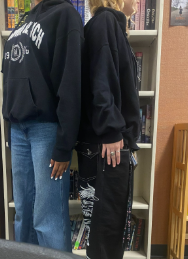
Strict dress codes can unfairly target certain groups of students, particularly young women, by policing what they wear more than their male peers. This creates an environment where students may feel shamed or singled out for simply following mainstream fashion. Instead of fostering respect and individuality, these rules can perpetuate body shaming and double standards. One of our policies is that shorts, skirts, and dresses that go above the fingertips are prohibited. Since I have a long torso and shorter arms and legs, I could wear shorts that would be exactly right under my behind, which is way too short. My co-writer, Talia, on the other hand, has longer arms, and her shorts would almost have to reach her knees.
It’s time for Cashmere High School to create a more fair and equitable dress code.
CASHMERE HIGH SCHOOL DRESS CODE
STUDENT DRESS AND PHYSICAL APPEARANCE (Cashmere High School Handbook)
In order to facilitate learning for all students, Cashmere High School requires that students dress and appearance follow health and safety standards and not cause disruption to the learning environment. Appropriate attire is expected at all times while on school grounds and at all school-sponsored activities.
Students must remove all headwear while in the main building. Headwear includes but is not limited to hats, hoods, sweatbands, bandanas, and head wraps. (Medical and Religious waivers are available)
Clothing must cover stomachs, backs, shoulders (1 1/2 inches wide), and chests.
Shorts, skirts, and dresses must go below the student’s fingertips when arms are at their sides
Footwear that is appropriate to the activity must be worn at all times. Strapless shoes and high heels are discouraged for safety reasons.
The above requirements must be met in all positions (sitting, standing, bending, reaching) while attending school.
Undergarments must be covered
Holes, tears, mesh, or other see-through materials in garments may not be in areas that clothing is required to cover.
Clothing that promotes drugs, alcohol, tobacco, violence, weapons, is sexually suggestive, or displays inappropriate pictures or writing, or is worn in a manner identified as gang-related, is prohibited.
Jewelry that can pose a safety hazard is prohibited.
Students who do not follow these guidelines will be asked to change their clothing, cover up, or go home if necessary. Further disciplinary action may follow for repeated offenses.
Works Cited:
https://www.edweek.org/leadership/school-dress-code-debates-sexist-explained/2022/12
https://www.cashmere.wednet.edu/Page/13

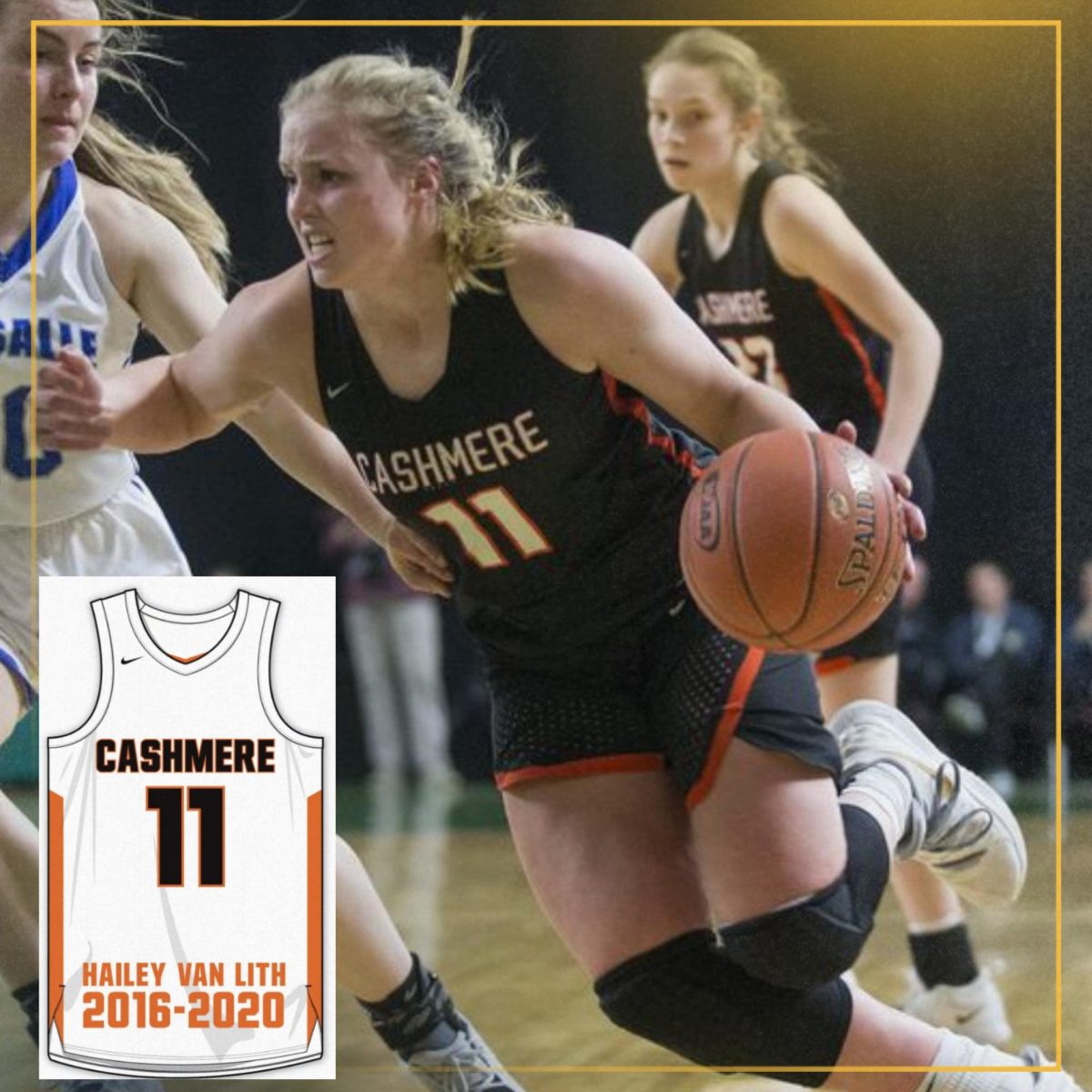

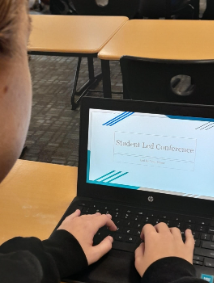
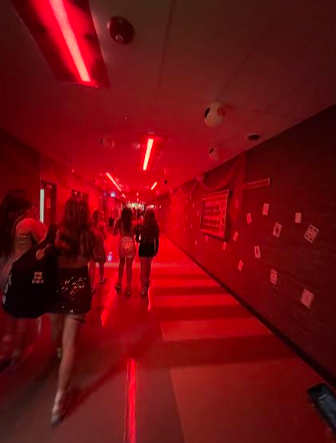
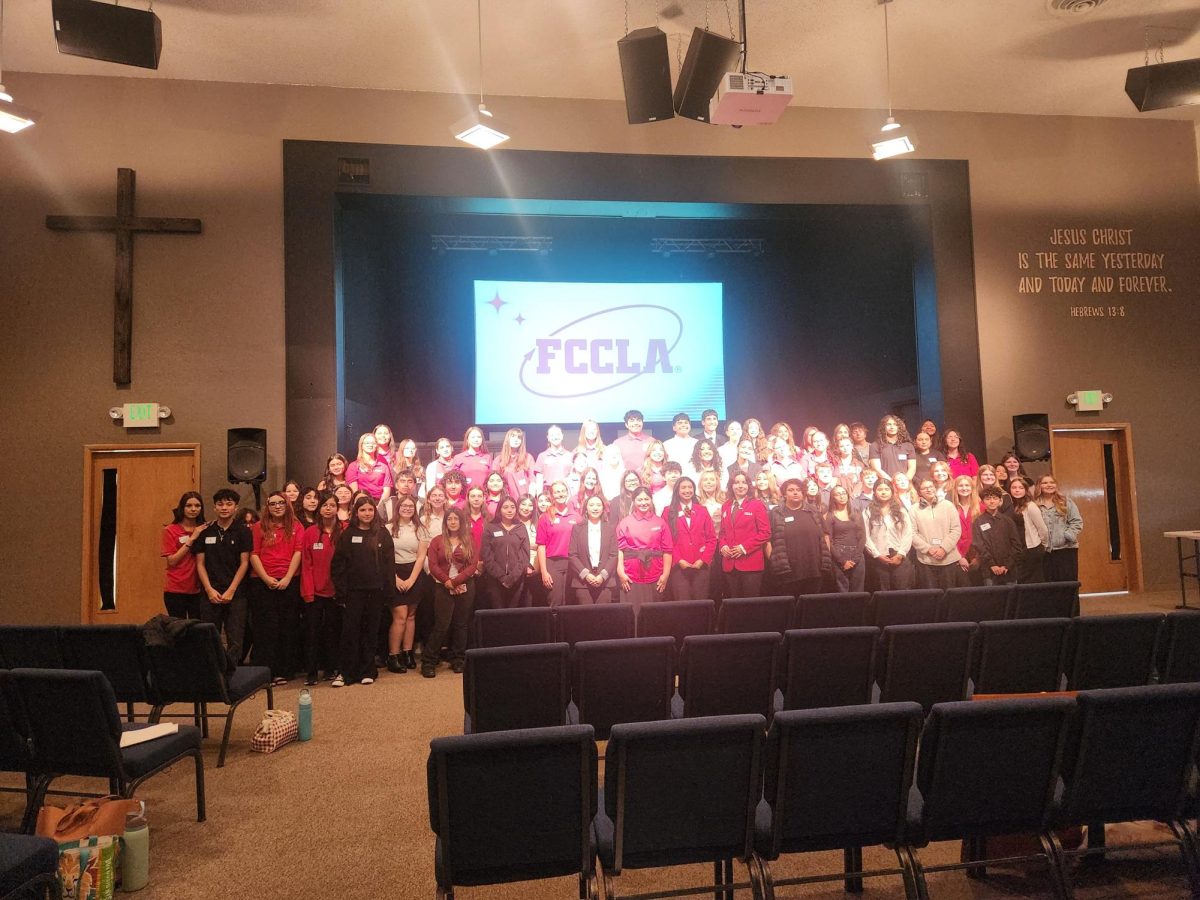
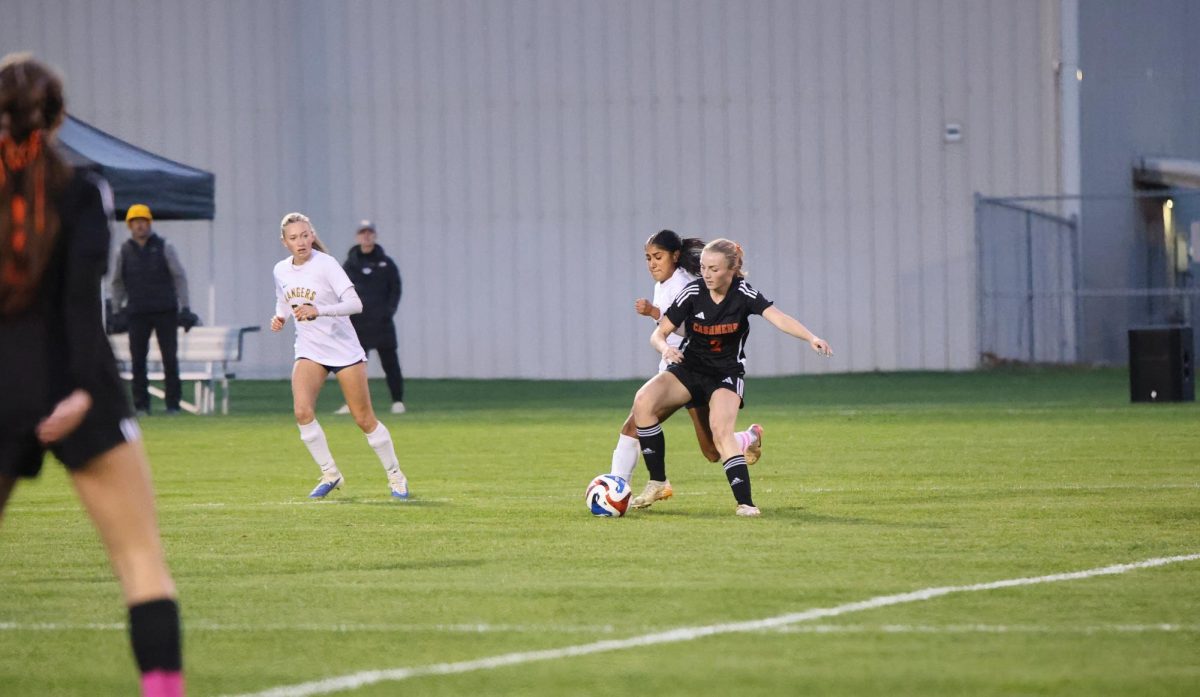



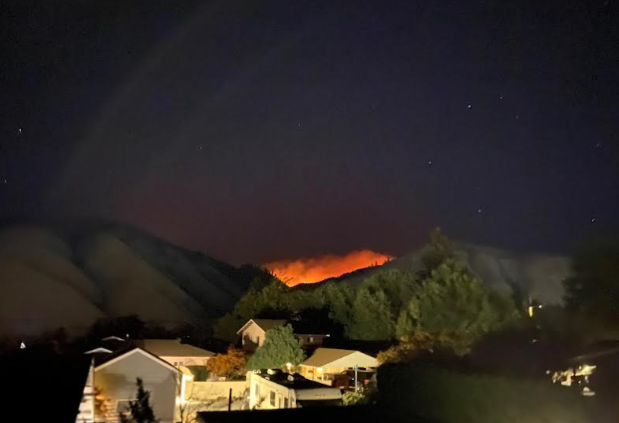
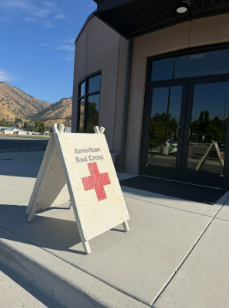

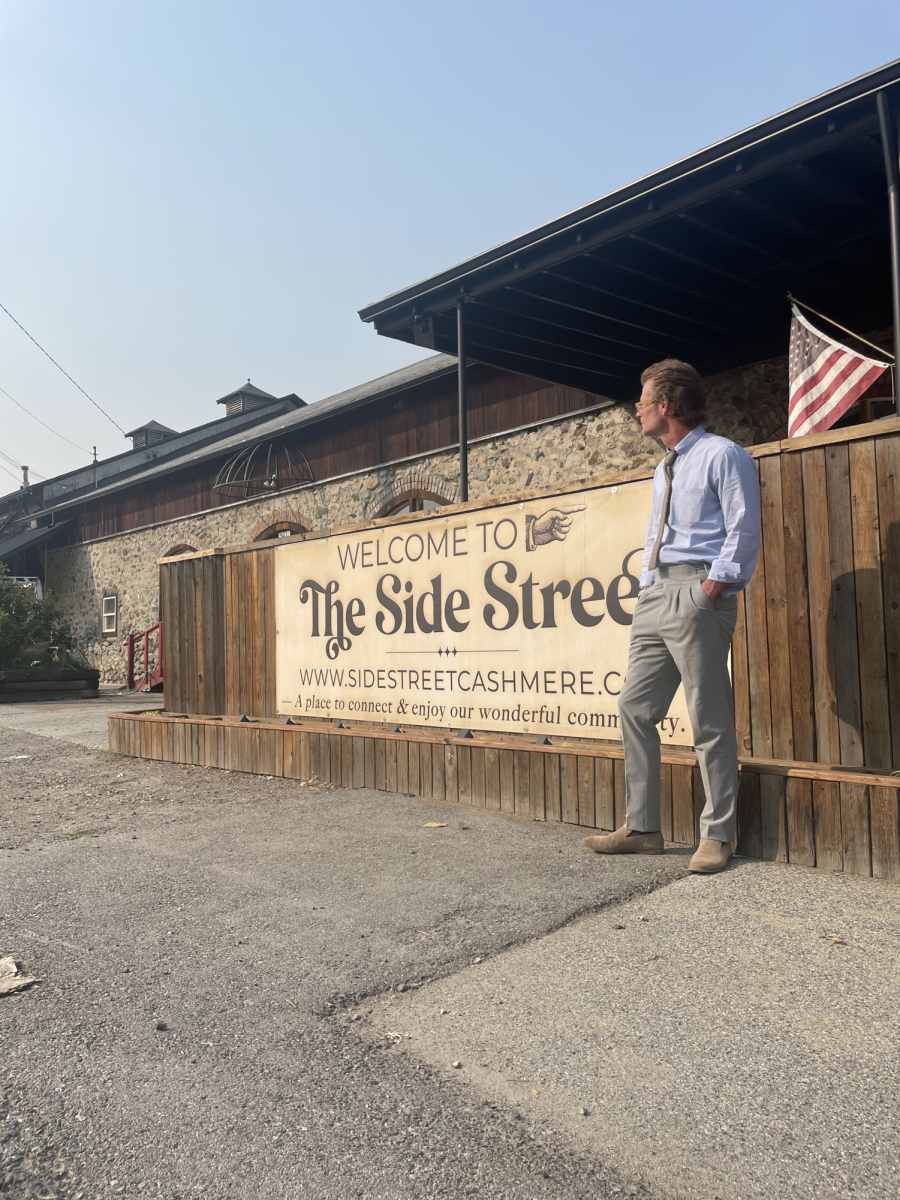





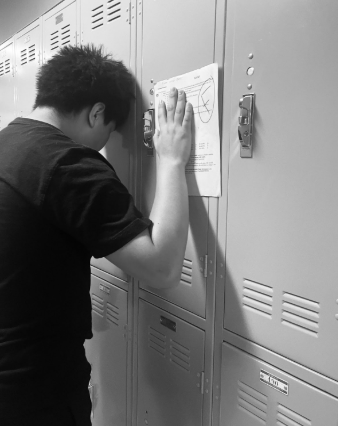
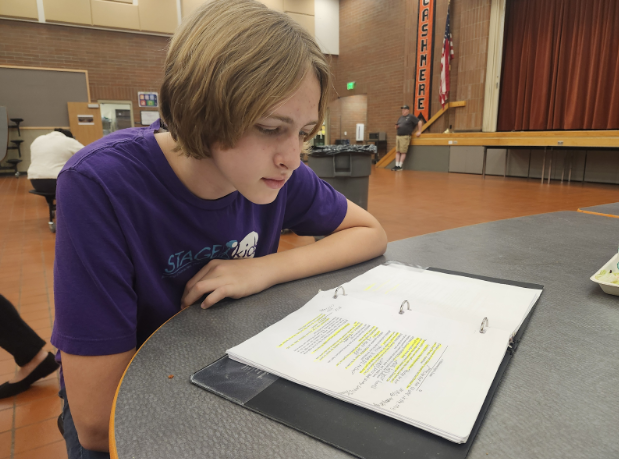




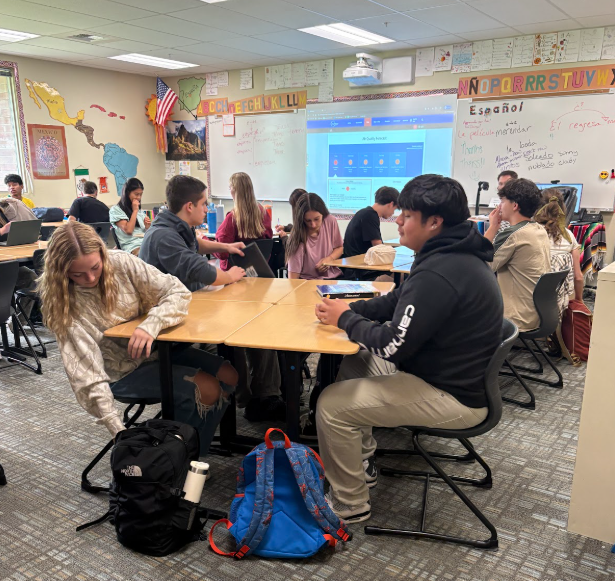
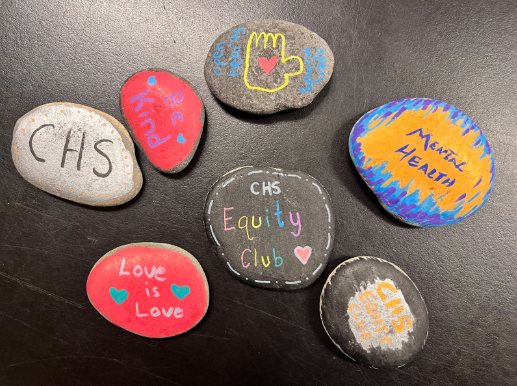

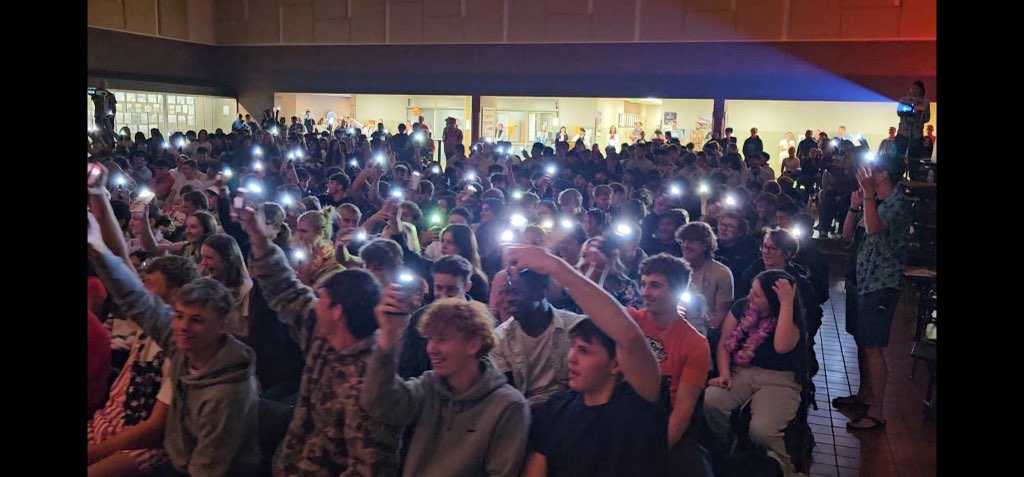
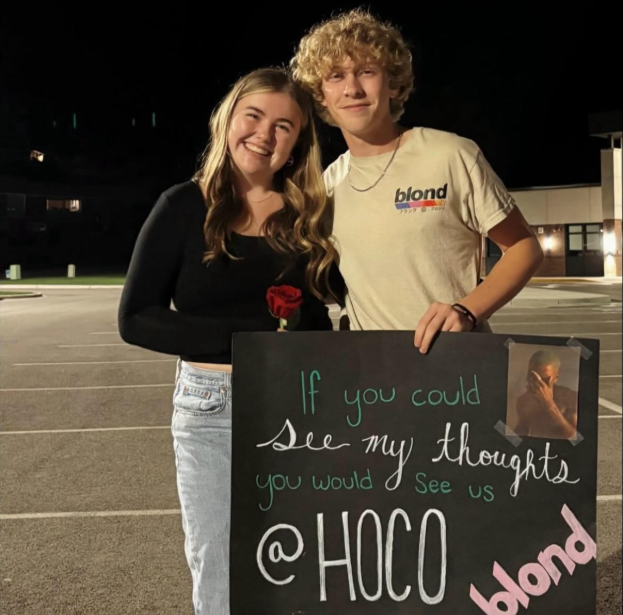
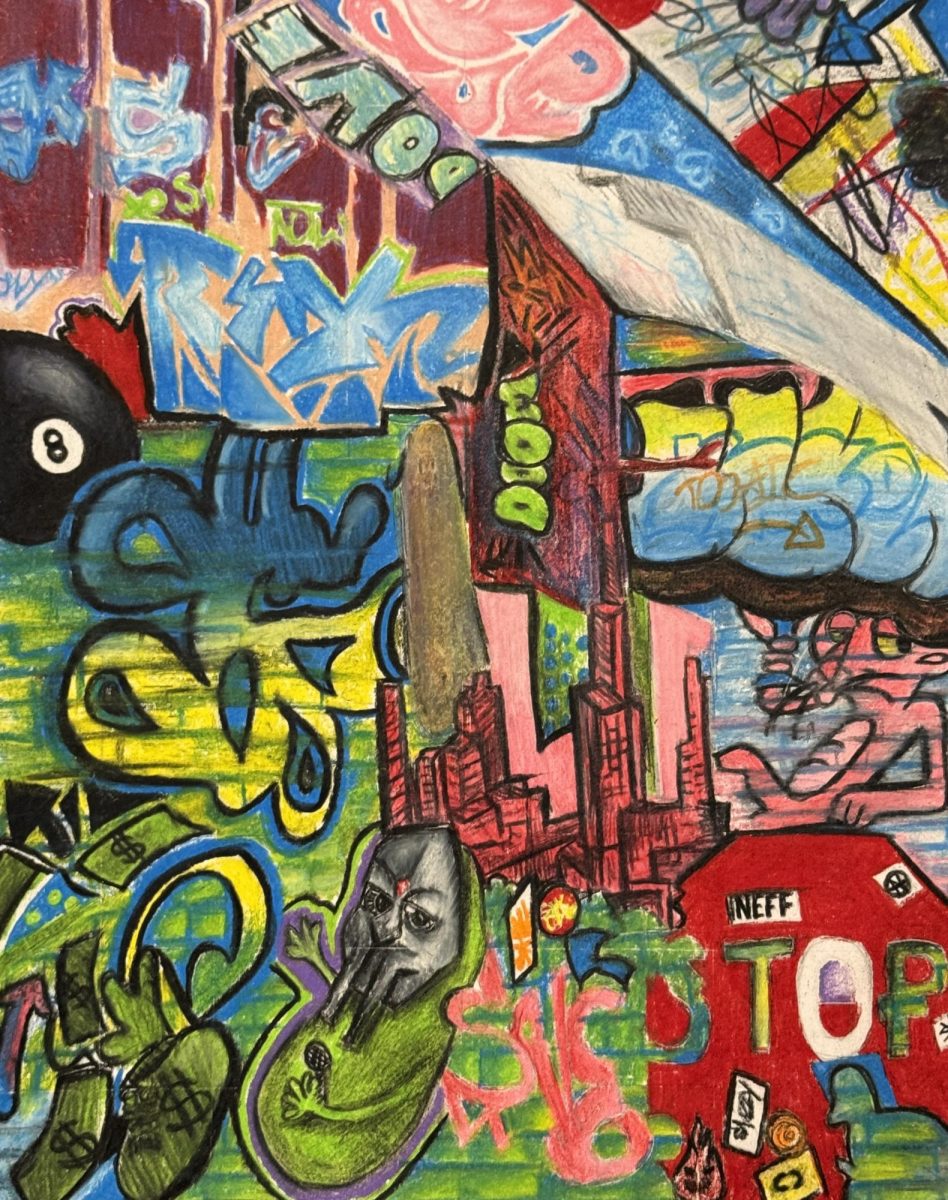
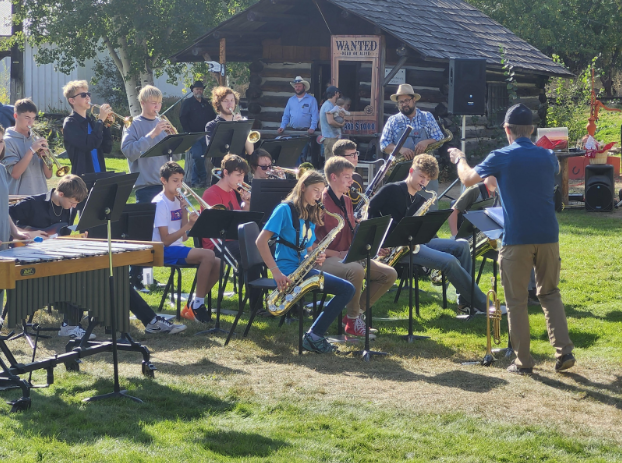
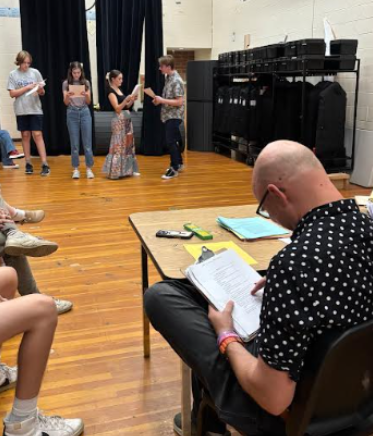
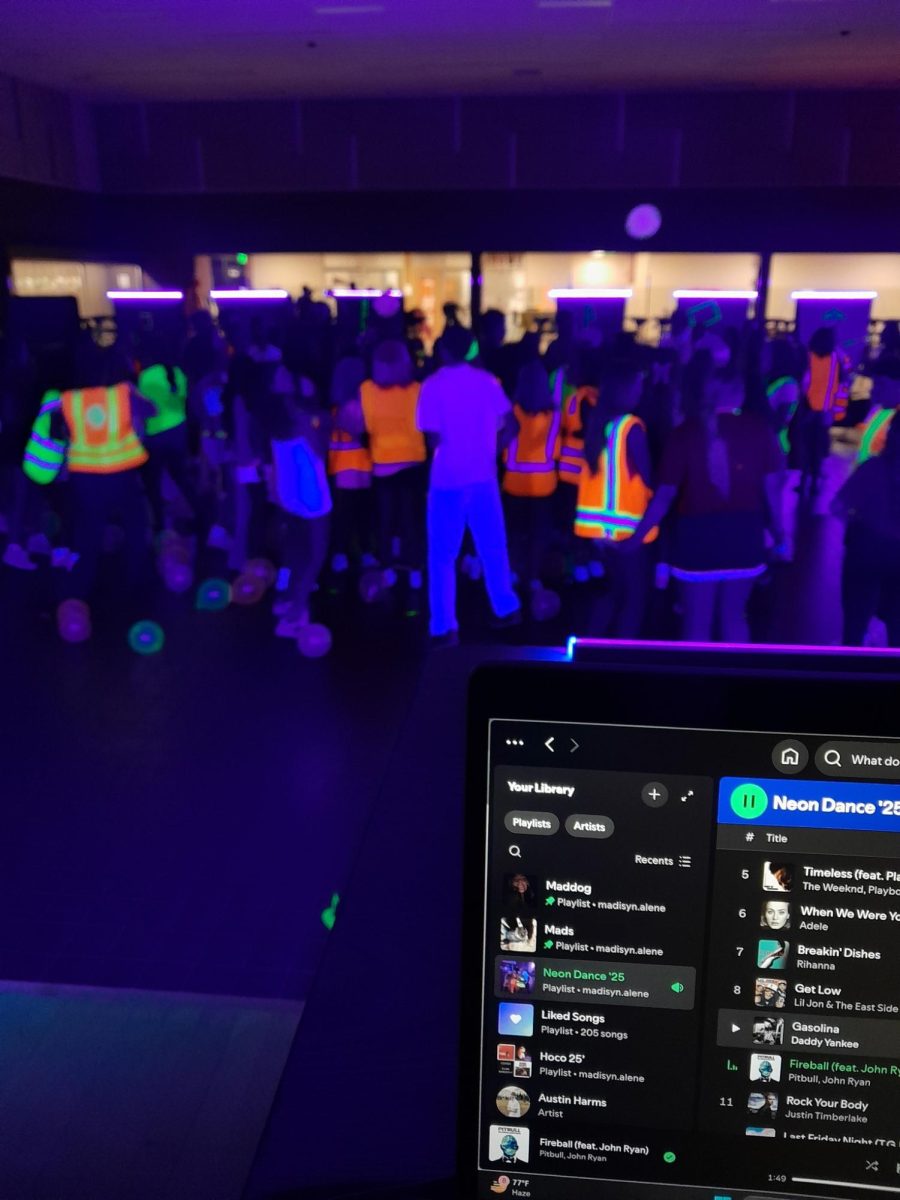

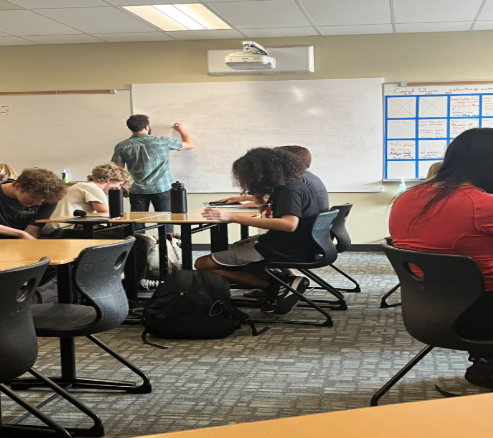
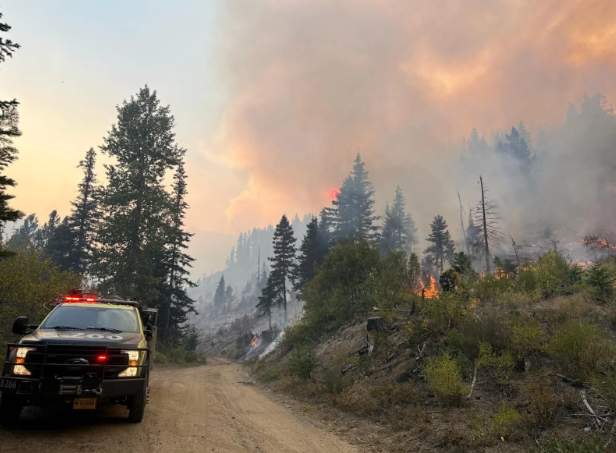
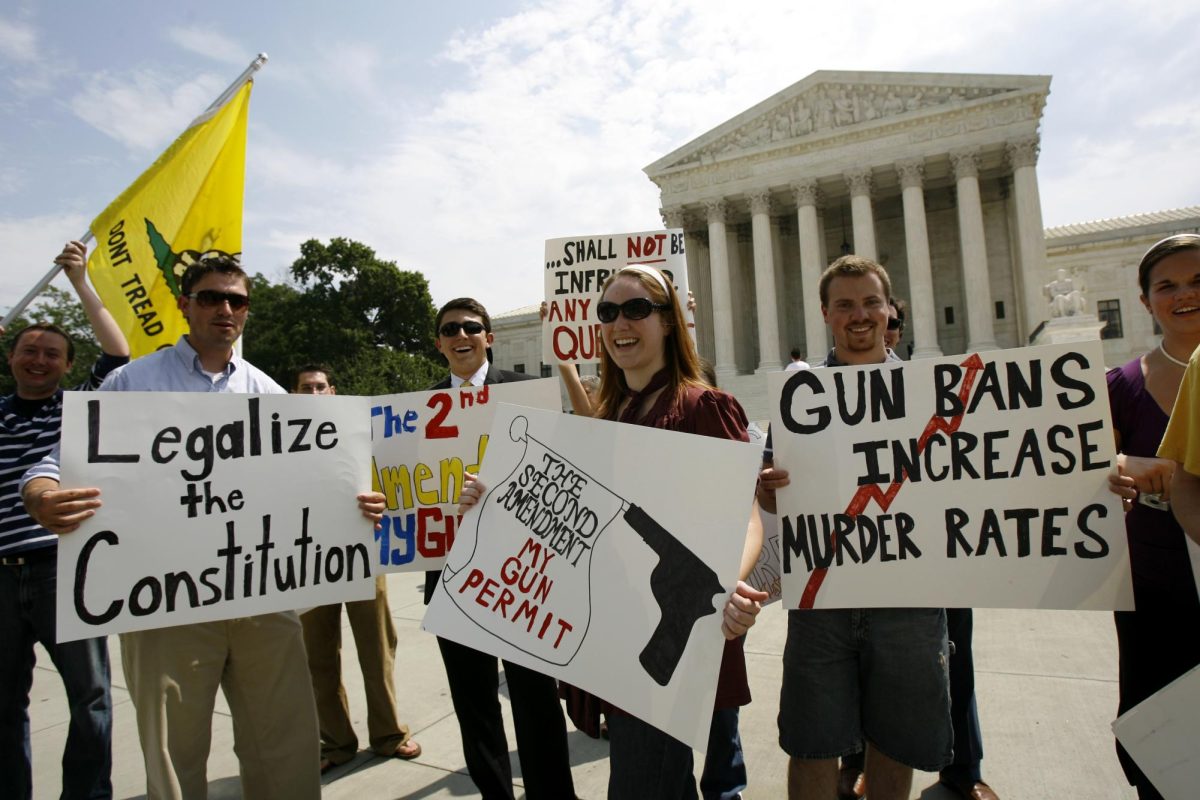

EMERSON • Oct 22, 2025 at 1:07 pm
i love this!!! This is so well written